Visiting Stork Oasis for the first time
22 comments
Good evening Hivers friends and welcome back to my Blog,
In this post I will take you with me to discover the Oasi delle Cicogne (Stork Oasis) for the first time. It is a magical place immersed in nature and located in the Friuli-Venezia Giulia region, in northern Italy.
Natural oases like this one represent an exceptional wealth because they are a source of biodiversity. Dozens and dozens of different species live here, such as the white stork, the hermit ibis and numerous other species of migratory birds.
In this place there is also a small lake, which is home to numerous species of fish, geese, ducks and swans.
Buonasera amici Hivers e bentornati sul mio Blog,
In questo post vi porto con me a scoprire per la prima volta l’Oasi delle Cicogne. Si tratta di un luogo magico immerso nella natura e situato nella regione Friuli-Venezia Giulia, nel nord Italia.
Le oasi naturali come questa rappresentano una ricchezza eccezionale perché sono una fonte di biodiversità. Qui vivono decine e decine di specie diverse come la cicogna bianca, l’ibis eremita e numerose altre specie di uccelli migratori.
In questo luogo è presente anche un laghetto, che ospita numerose specie di pesci, oche, anatre e cigni.

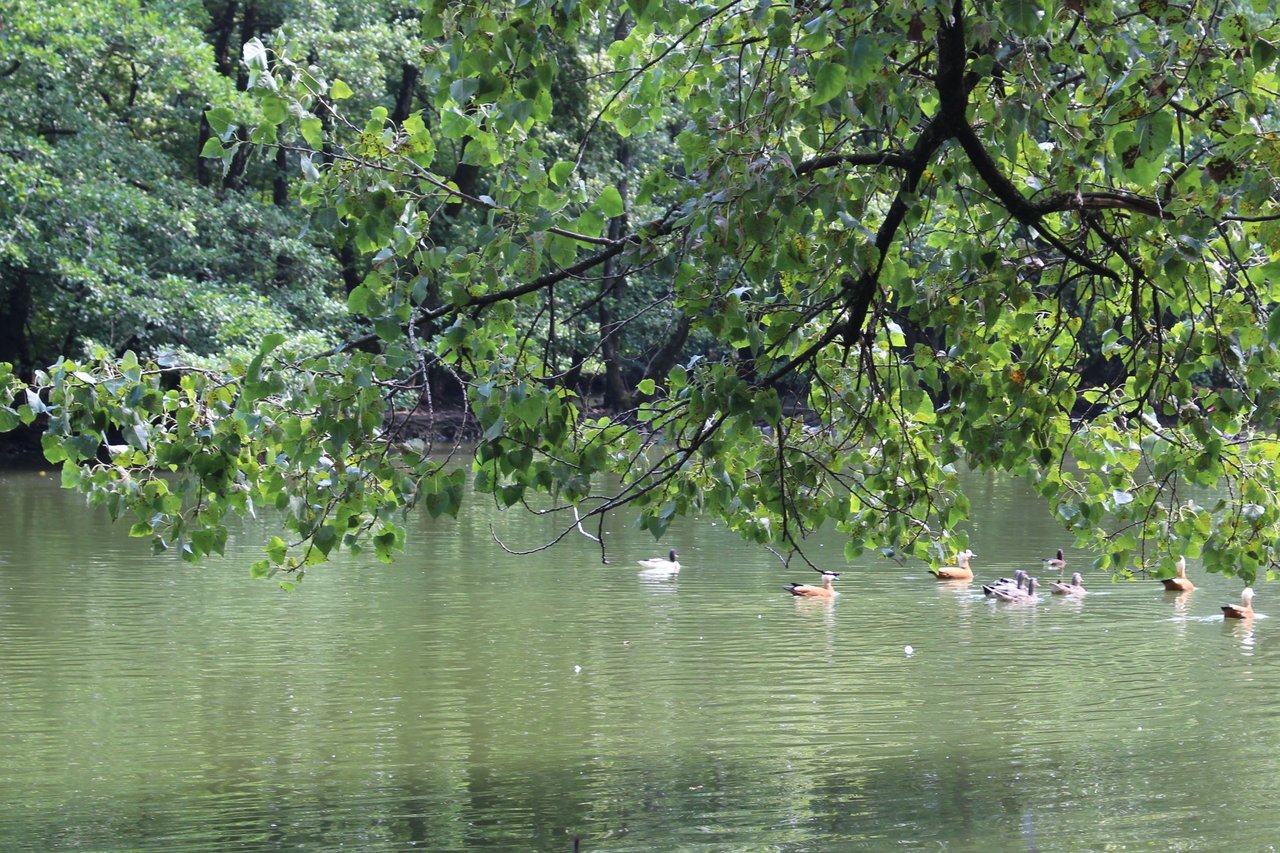
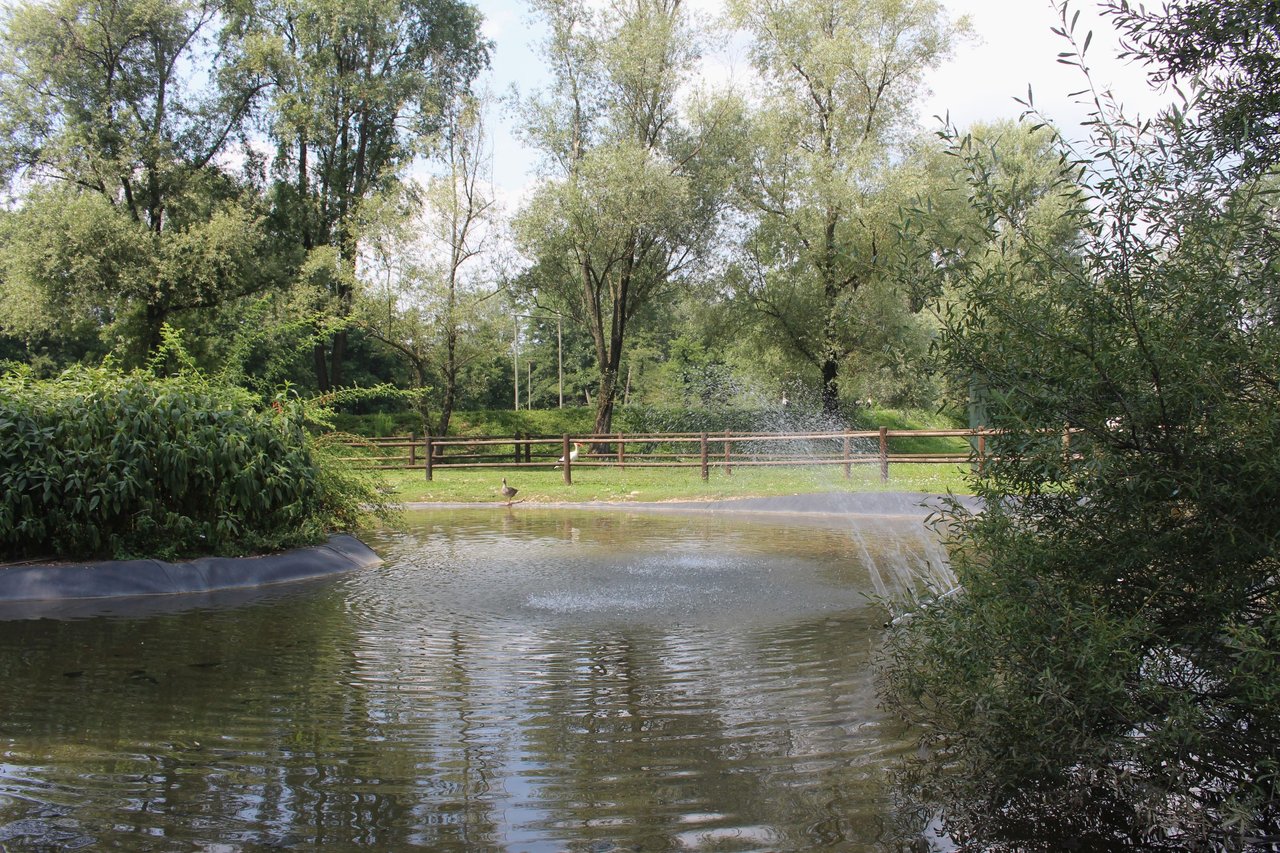
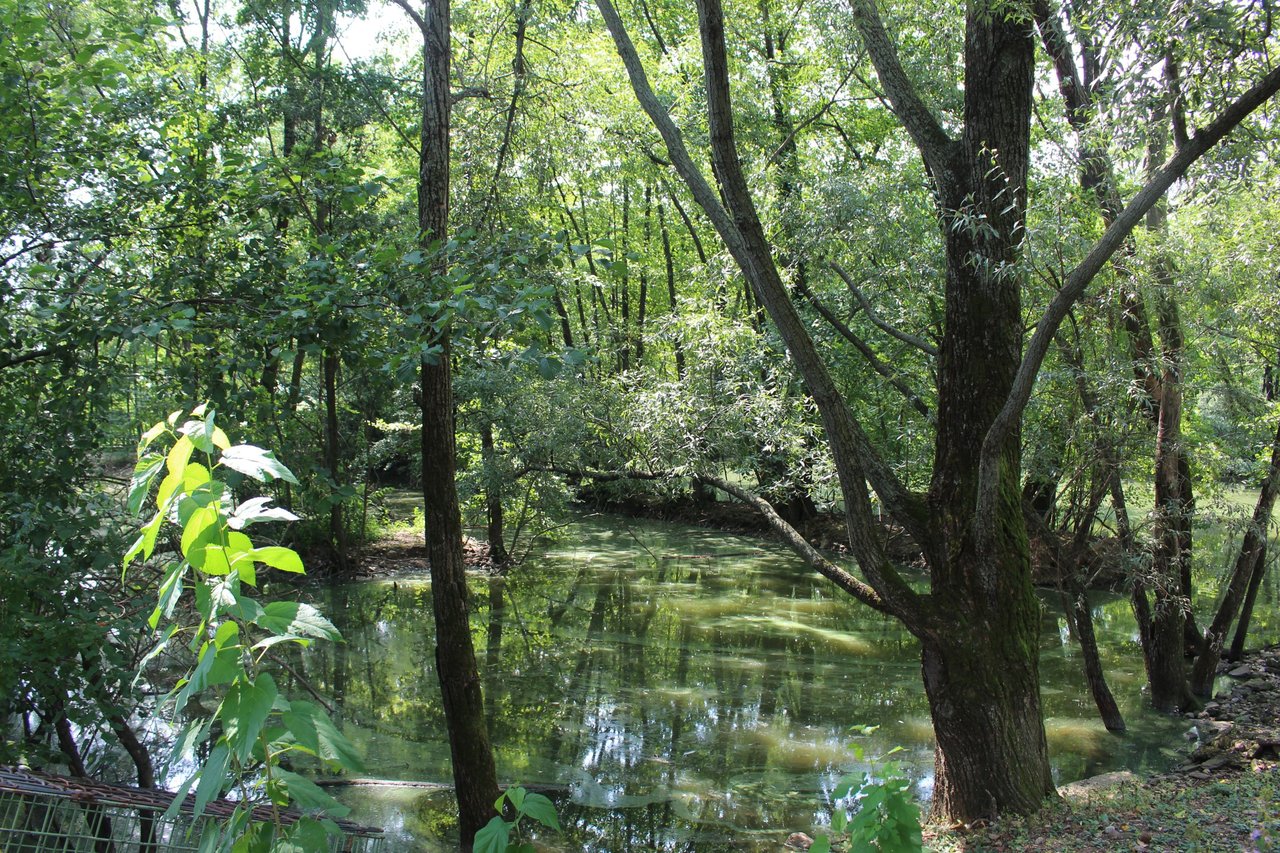
Several volunteers work in the oasis and their passion can be perceived in the way they take care of the different animals. A census of the species present is also periodically carried out, because this activity allows us to extrapolate information on the quality and correct management of the territory.
Climate change is also very much under the attention of scientists, who monitor the distances traveled by migratory birds and observe the reproductive behavior of the species present.
Nell’oasi lavorano diversi volontari e la loro passione si percepisce dal modo in cui si prendono cura dei diversi animali. Periodicamente viene fatto anche un censimento delle specie presenti, perché questa attività permette di estrapolare informazioni sulla qualità e sulla corretta gestione del territorio.
Anche i cambiamenti climatici sono molto attenzionati dagli studiosi, che monitorano le distanze percorse dagli uccelli migratori e osservano il comportamento riproduttivo delle specie presenti.

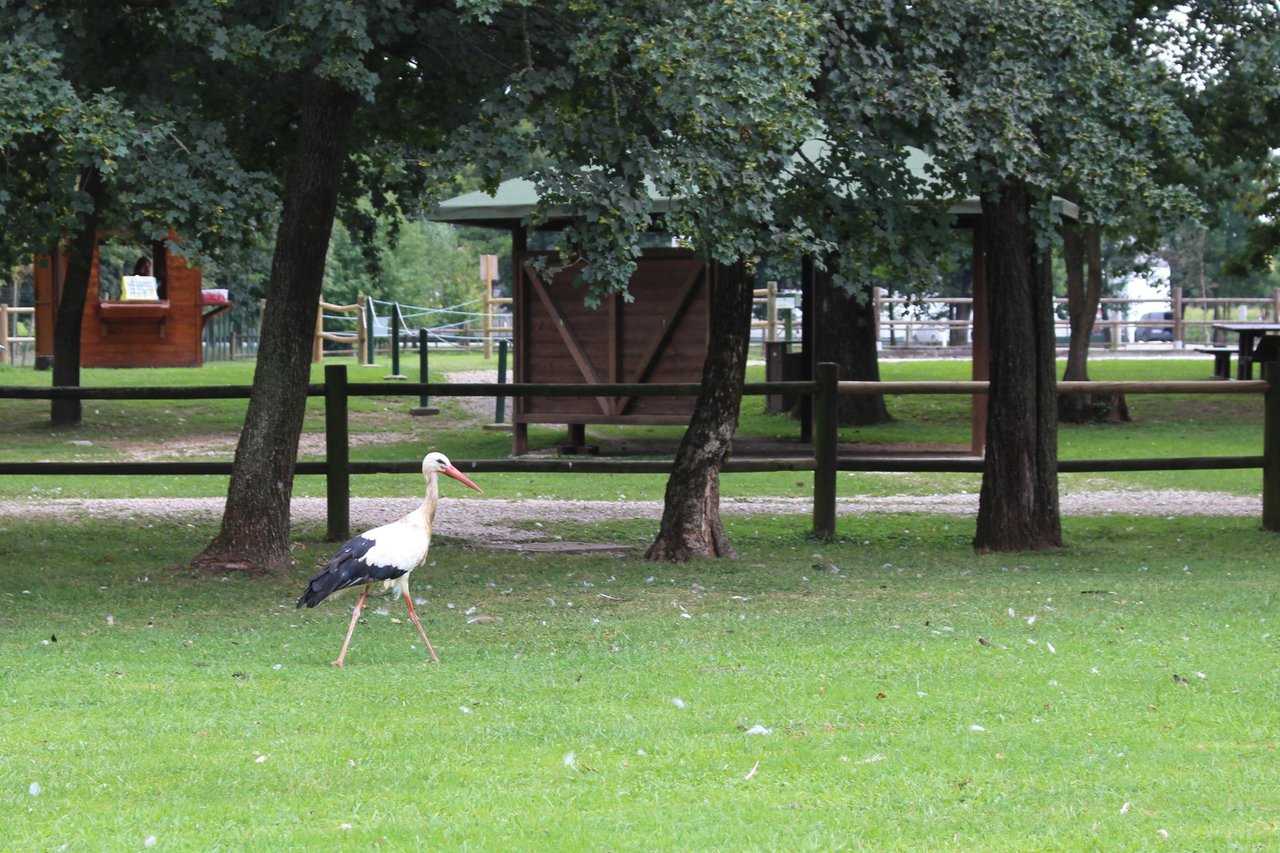
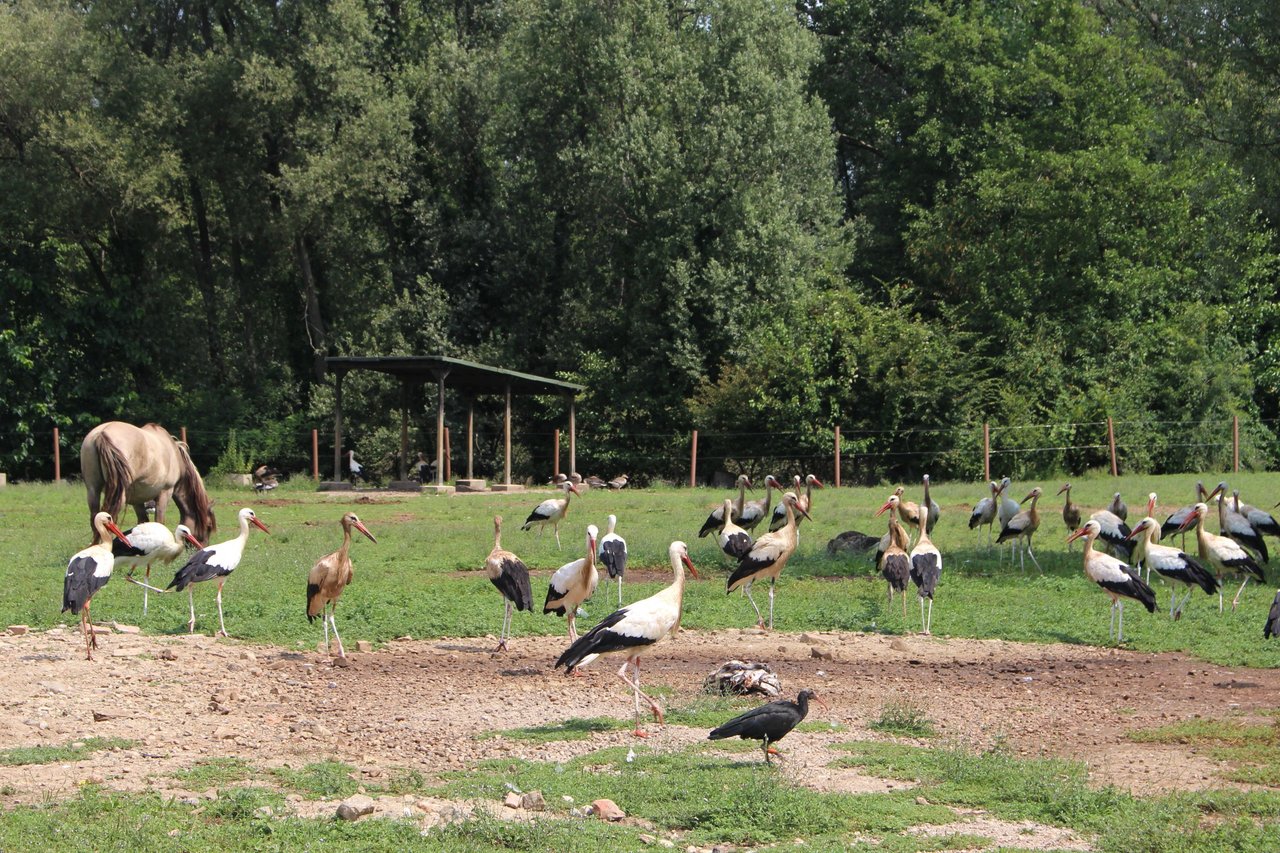
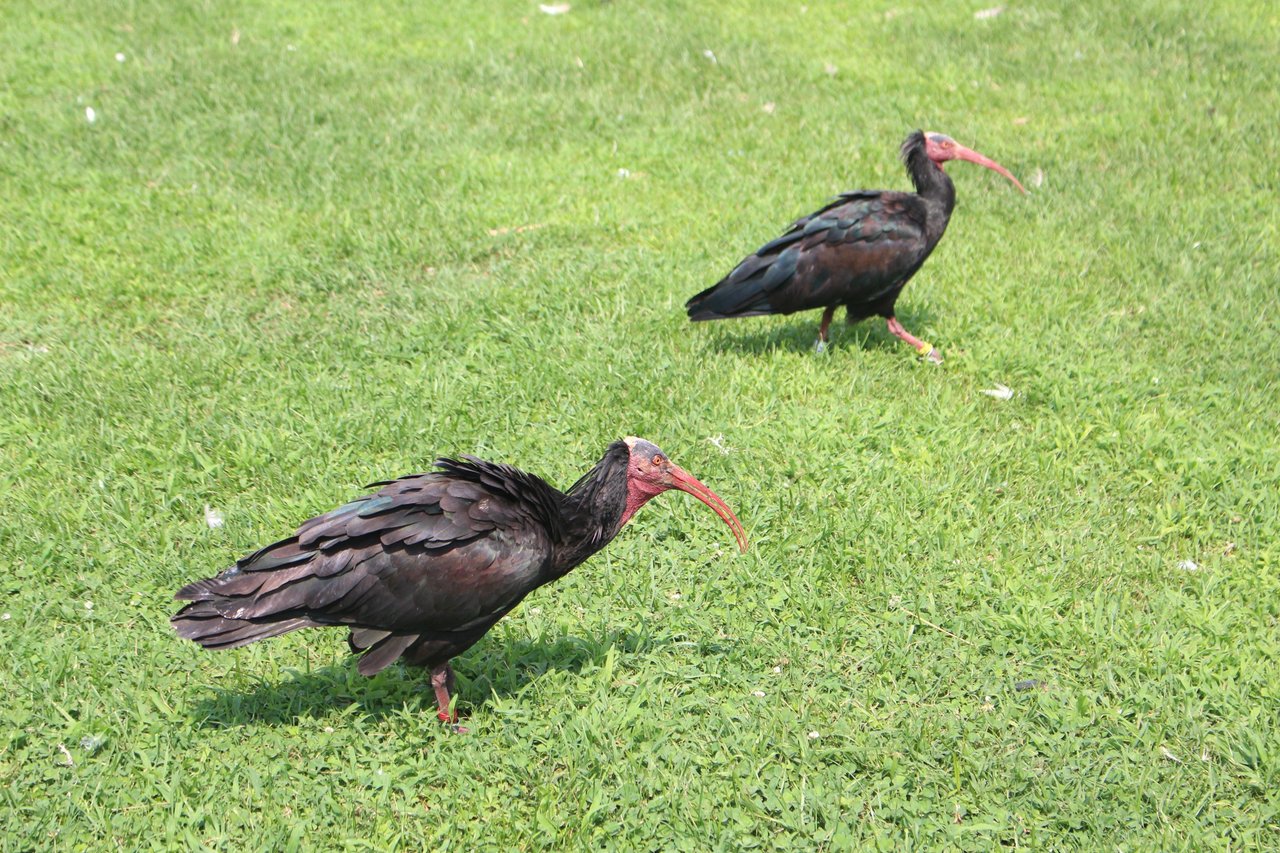
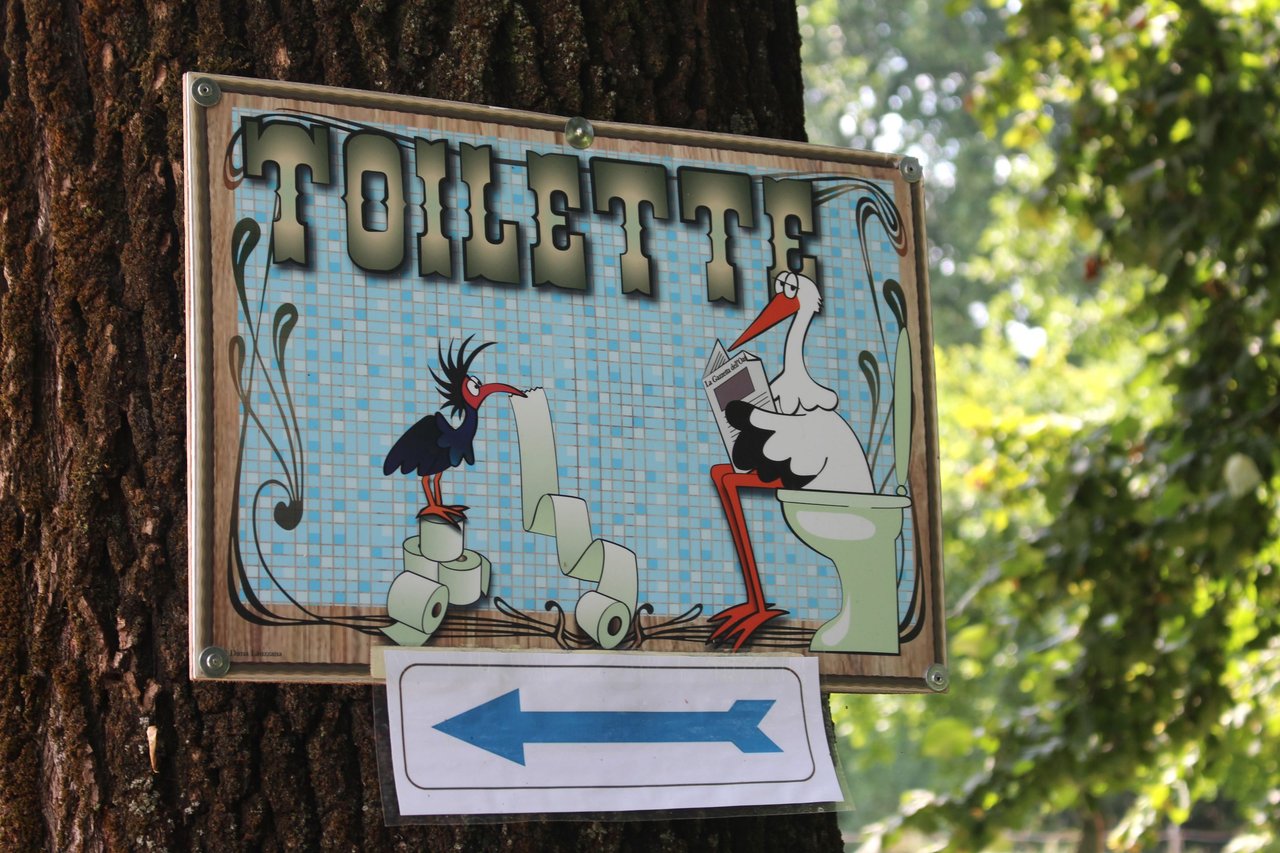
At the Oasi delle Cicogne, they don't just talk about storks! Bees are also very interesting insects, because they reflect the health conditions of a territory. The presence of domestic bees and wild bees allows the pollination of plants and, consequently, the entire life cycle.
There are also insects that live in wood and feed on it, they are called xylobionts. The volunteers of the oasis take care of these species, identifying them and providing the bark they need.
All’Oasi delle Cicogne non si parla solo di cicogne! Anche le api sono insetti molto interessanti, perché rispecchiano le condizioni di salute di un territorio. La presenza di api domestiche e api selvatiche permette l’impollinazione delle piante e, di conseguenza, tutto il ciclo della vita.
Esistono anche insetti che vivono nel legno e che si nutrono di esso, vengono definiti xilobionti. Gli studiosi dell’oasi si prendono cura di queste specie, individuandole e fornendo la corteccia di cui hanno bisogno.

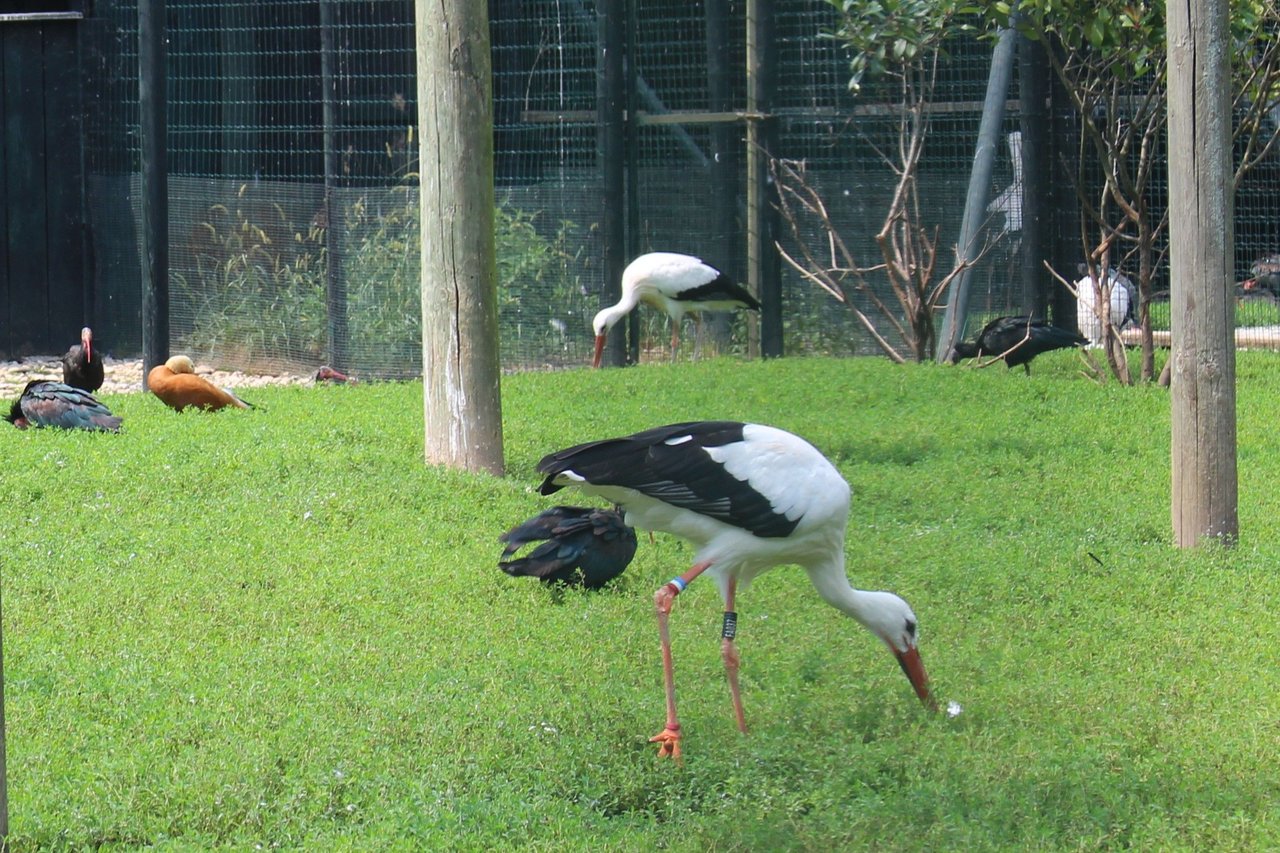
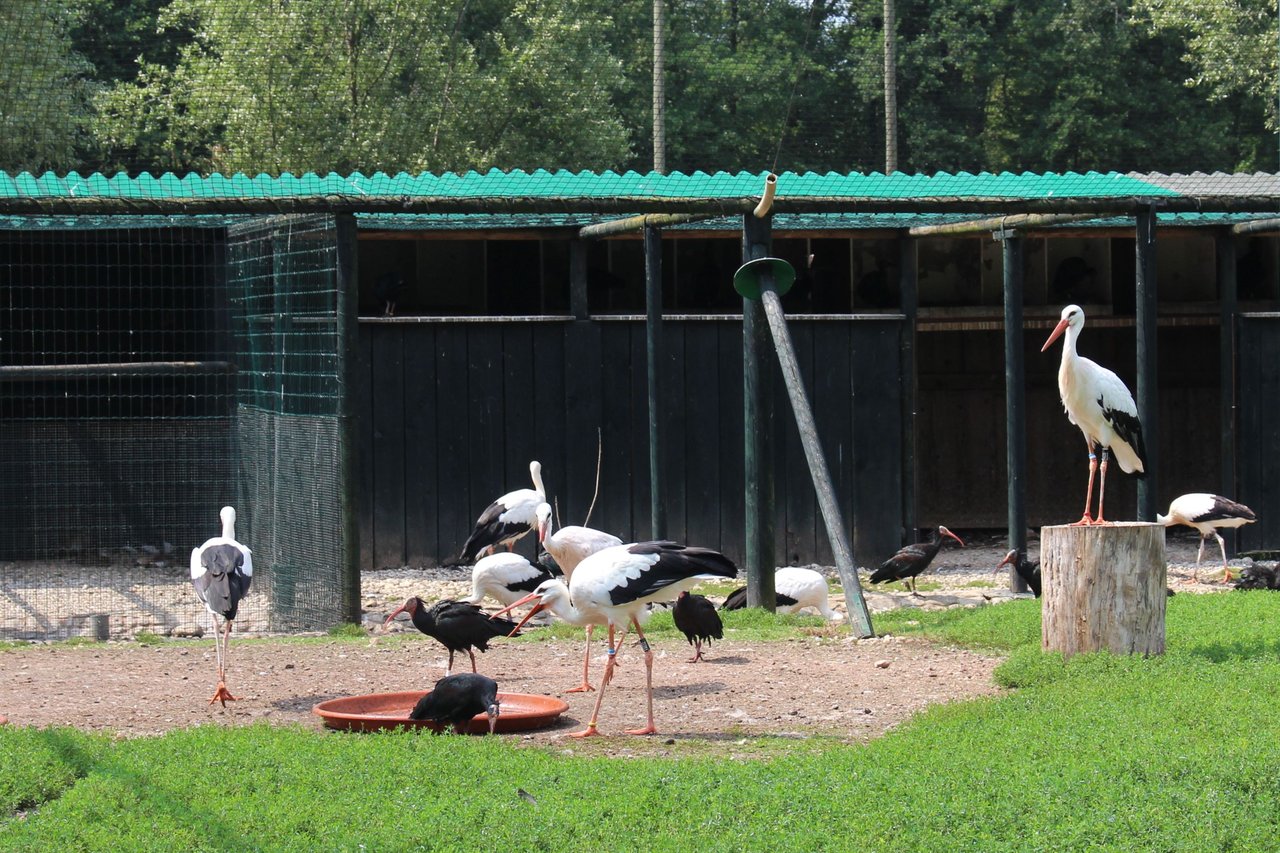
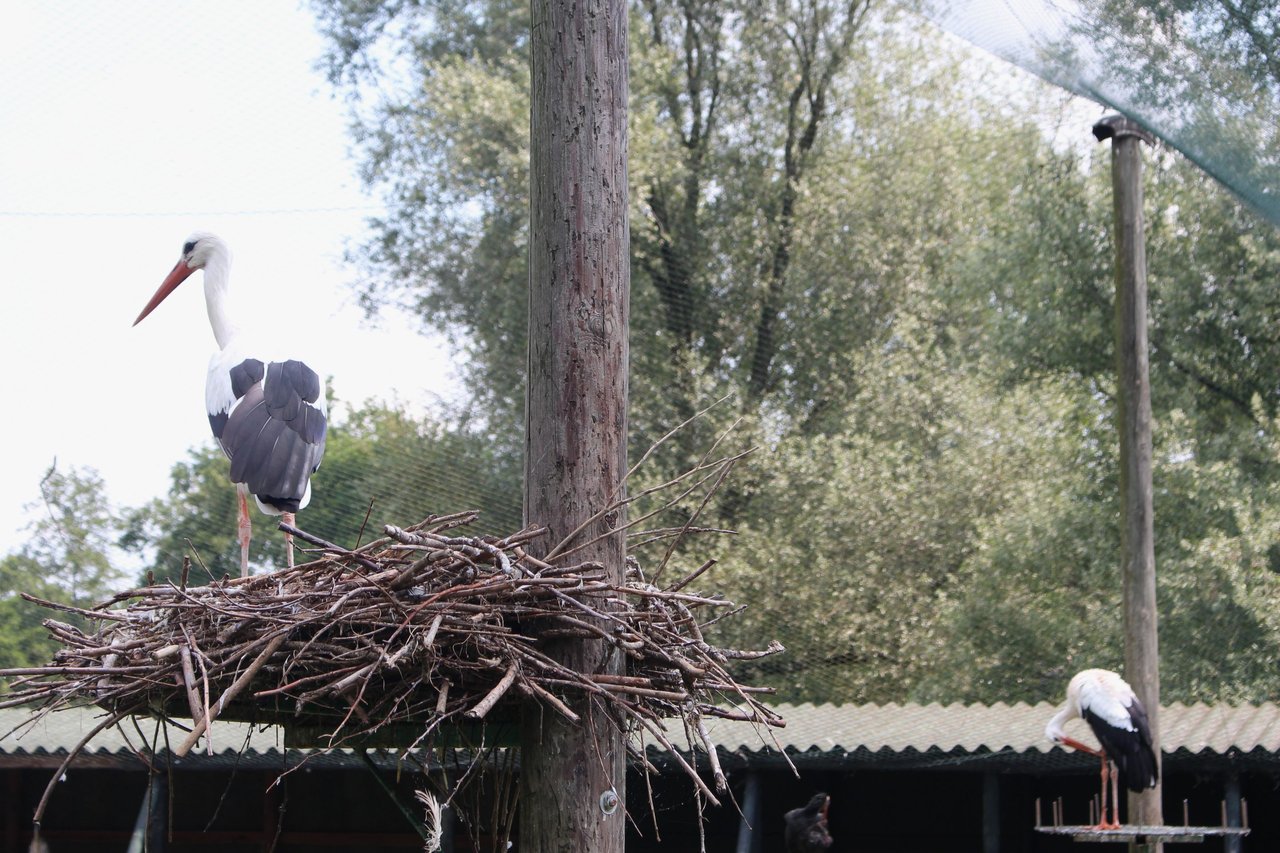
The visit to the Oasi delle Cicogne was a truly interesting experience. I would recommend this experience to all nature lovers who want to spend a few hours learning more about the world of animals!
Thanks for reading.
See you next time,
Delilha
La visita all’Oasi delle Cicogne è stata un’esperienza davvero interessante. Consiglierei questa esperienza a tutti gli appassionati di natura che vogliano passare qualche ora imparando di più sul mondo degli animali!
Grazie per avermi letto.
Alla prossima,
Delilha

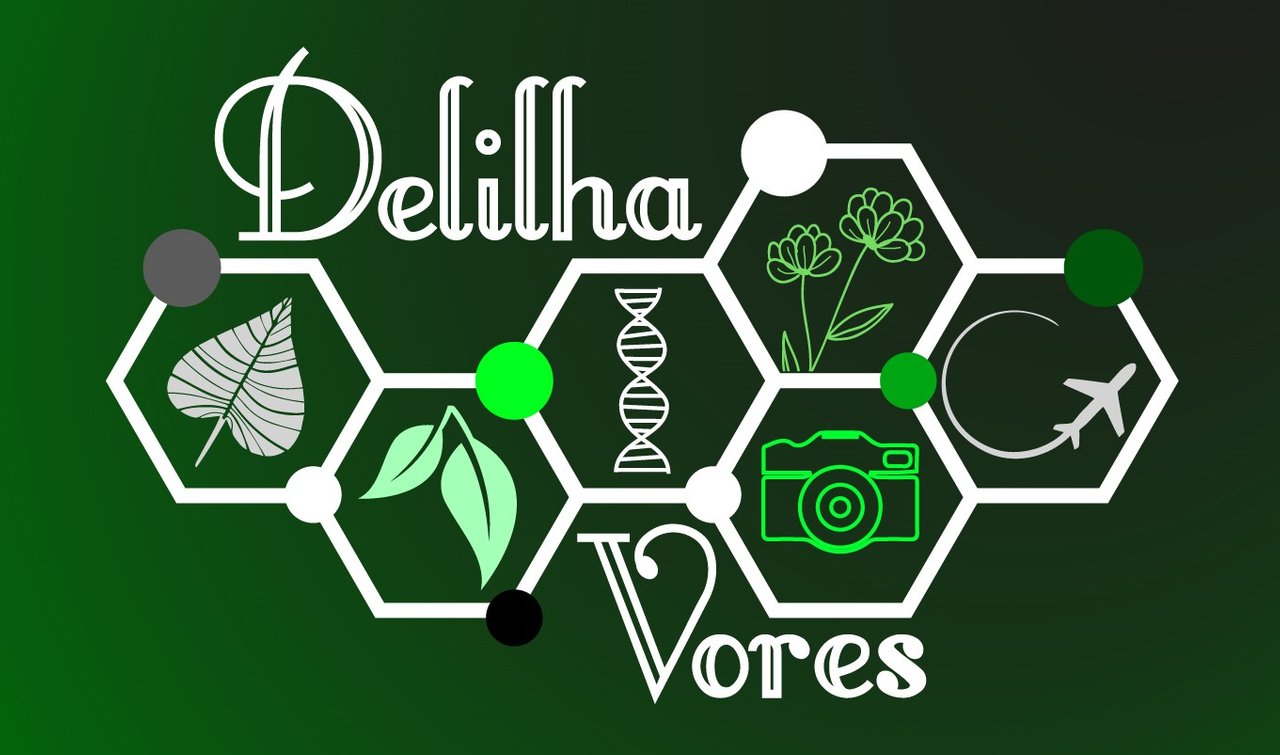

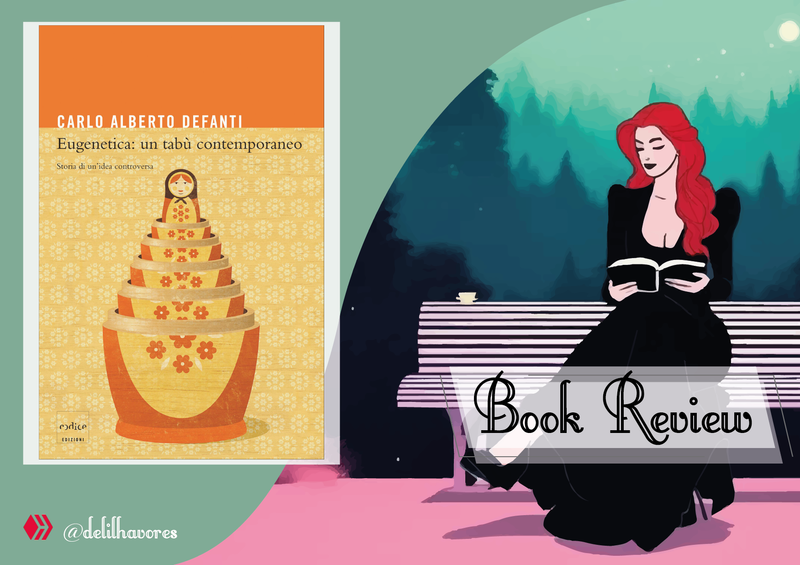

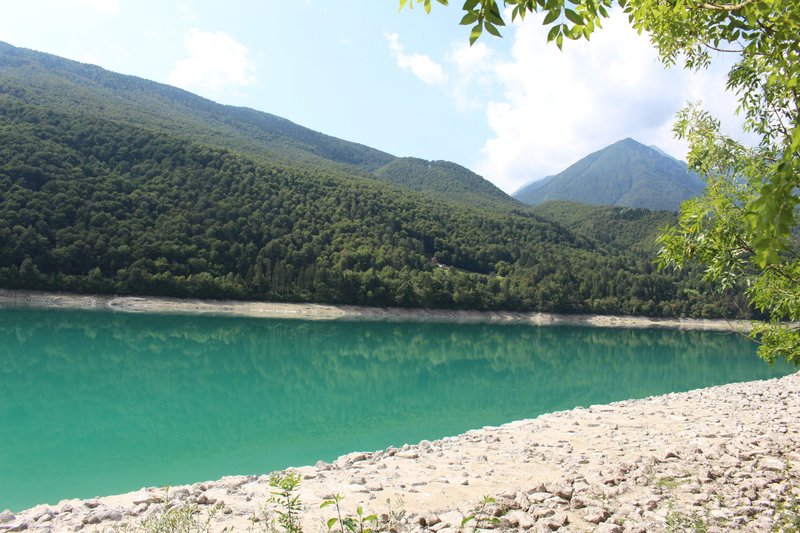




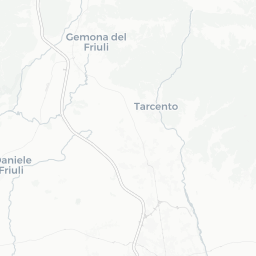

Comments